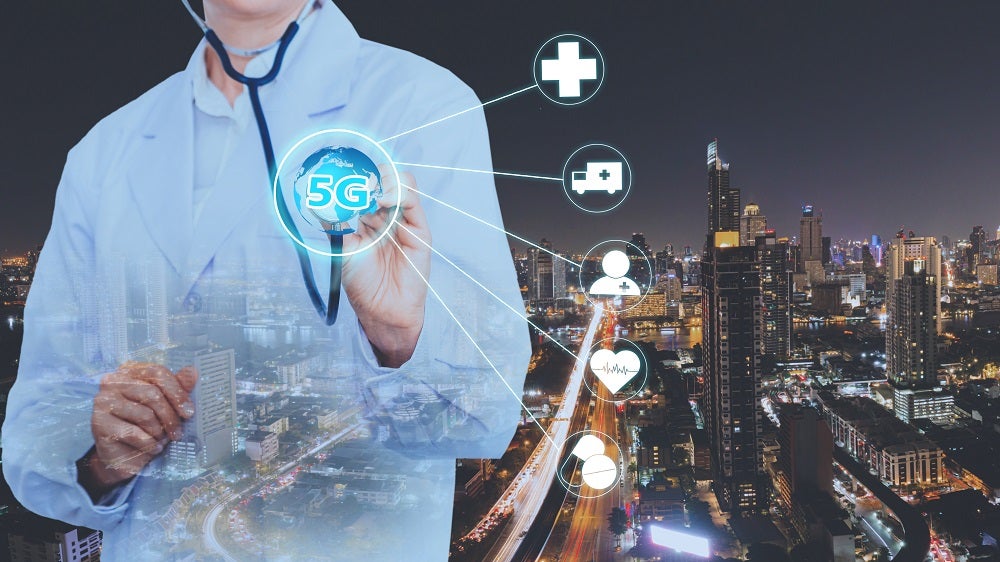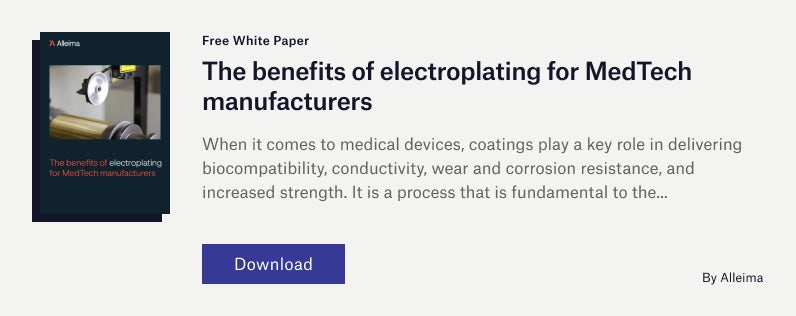
The use of remote monitoring devices and telemedicine was always predicted to grow, but it saw exponential growth even beyond this forecast during the COVID-19 pandemic. According to GlobalData analysis, the global market value for remote patient monitoring is now projected to surpass $645m by 2025, representing an 18% increase since 2020.
As medical devices for remote healthcare become more advanced, so too does their rate of data generation. Telemedicine requires a network that can support real-time, high-quality videos, while real-time remote patient monitoring with streaming and analysis of patient data requires low-latency connectivity. More data in real-time allows physicians to make more accurate assessments of patients, however, it can also slow down overall hospital efficiency when using current-generation connectivity technology. Using 4G or older networks, larger files take longer to transfer between departments, forcing physicians to wait for file transfers to complete.

Upgrading to 5G can eliminate these bottlenecks and provide healthcare providers with a more future-proof network that can continue to adapt to new technology. Medical device manufacturers, meanwhile, can continue improving the accuracy, detail, and capabilities of devices without the hindrance of a data cap.
Most of the world’s largest operators have deployed 5G networks in recent years, with increased spectrum availability and operator investment in the network expected to bring 3 billion subscribers by 2025.
According to GlobalData’s emerging technology trends 2020 survey, 33% of 615 participants believe that 5G will cause significant disruption to the medical devices industry and more than half of the companies surveyed in the medical device sector intended to increase short-term investment in new technologies.
Advancements in remote monitoring
Devices such as continuous glucose monitors (CGM) or pulse oximeters are part of an expanding range of remote monitors and sensors that were initially developed for clinical settings but have now been modified so that patients can use them at home. A breakthrough benefit of continuous monitoring is the potential for preventative medical intervention, as problems can be detected immediately.
“Smaller and smarter” has long been a trend in everyday tech, from mobile phones to laptops to wearables. Devices for healthcare are no different. While 5G can provide a network that enables medical device manufacturers to strive for innovation without worrying about data caps, this puts growing pressure on materials innovators to provide components that are reliable, long-lasting, and small enough to be minimally invasive for the patient.
Alleima, formally Sandvik Materials Technology, works with medical device manufacturers to design and develop medical wire components that are perfectly calibrated for their application. With expertise in metallurgy, process development and surface treatments, Alleima has provided ultra-fine sensor wire branded Exera® that features excellent conductivity capabilities for transmitting data, in addition to fatigue resistance and biocompatibility for medical devices intended for long-term use.
The most requested remote monitoring application is continuous glucose monitoring devices, for which Alleima has provided wire manufactured from platinum-iridium alloys that offer excellent biocompatible properties, as well as excellent radiopacity, moderate strength and good formability. Depending on post-processing requirements, platinum-iridium alloys can be provided in an annealed, stress-relieved or cold-worked condition.
To find out more about the products and services that Alleima provides for remote monitoring devices, download the whitepaper below.



